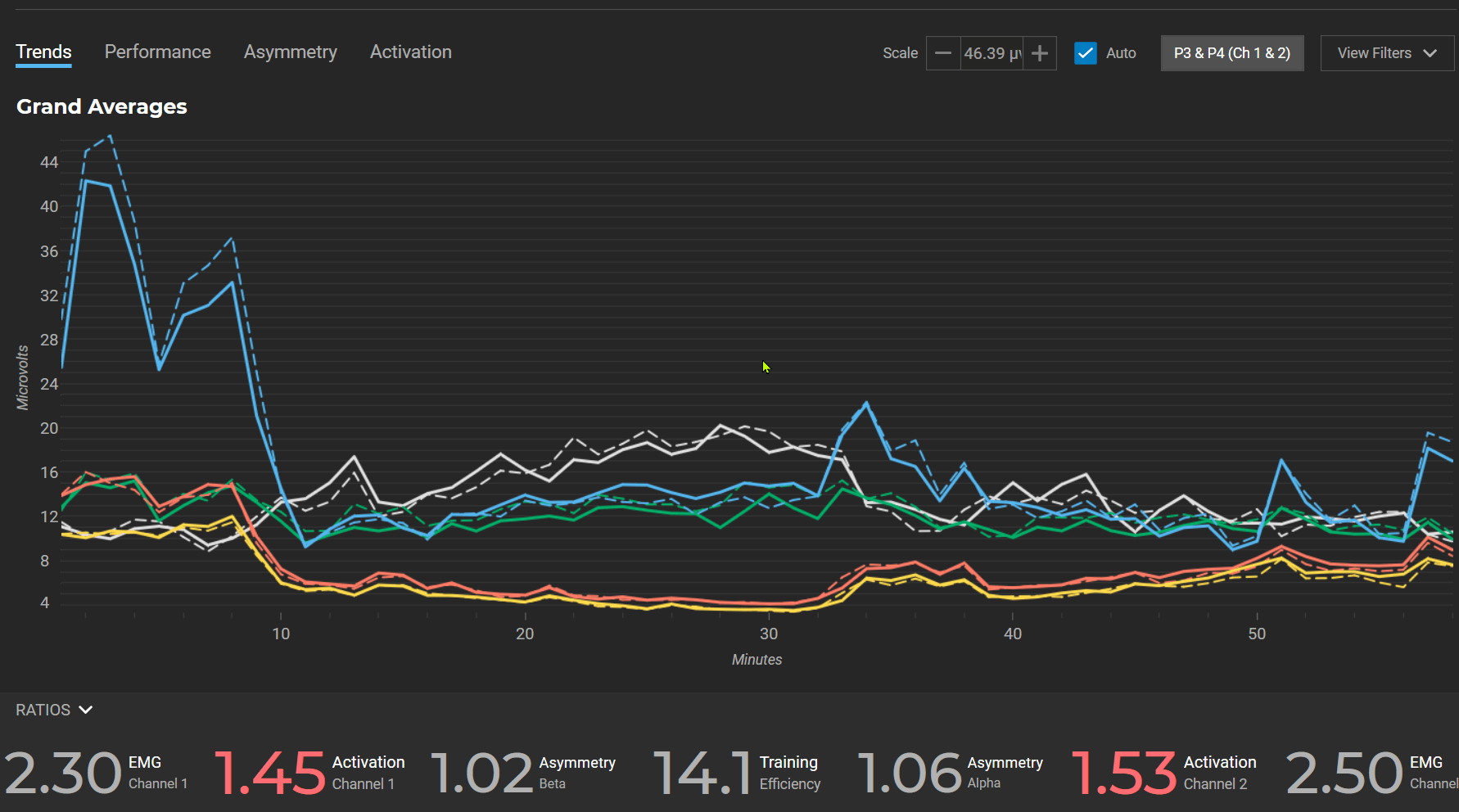The answer is yes. It does improve neuroplasticity. In fact, this is what neurofeedback is all about. Most brains that come into our practice have been sort of shut down or locked down. Communication between major areas in these brains is locked in an unhealthy pattern. Various factors have created some constriction where the brain’s intentions, desires, outcomes, and what it’s seeking do not align with what the client wants. As a result, the brain seems to be creating more anxiety, unease, depression, and sleep issues, while the client just wants to sleep, feel better, and thrive.

So neurofeedback, very organically and naturally over time, simply rewards the brain as it moves into a healthier and more functional brainwave pattern. Nothing is forced upon the brain, and no electrical impulses are put into it, which is why neurofeedback has few side effects. We’re rewarding the brain as it naturally and incrementally discovers healthier and more functional brainwave patterns.
When this happens, neural pathways and biochemistry change. We know that neuroplasticity changes with neurofeedback, partly because images have been captured of neurons reaching out and expanding during neurofeedback sessions. For example, at the end of training for kids, many gain 15 to 20 IQ points. And when adults can focus and function better, their cognitive skills improve. They can filter out things that they couldn’t filter out before. They feel better, they function better, and they do better at work. All sorts of data prove and point to neurofeedback resulting in neuroplastic changes in the brain.
I’m Dr. Randy Cale. I’d be happy to answer more questions if you have them. If you want to speak with me personally, you can call our offices at the number listed or fill out our contact form.
Will Neurofeedback Help Your Child? Does Neurofeedback Improve Sports and Work Performance?
